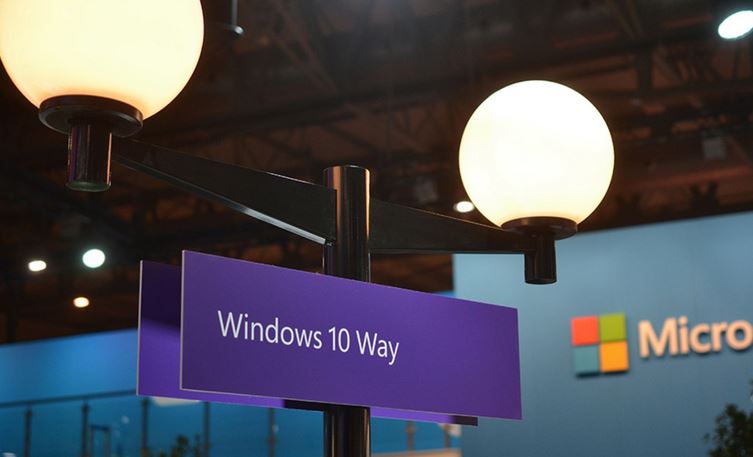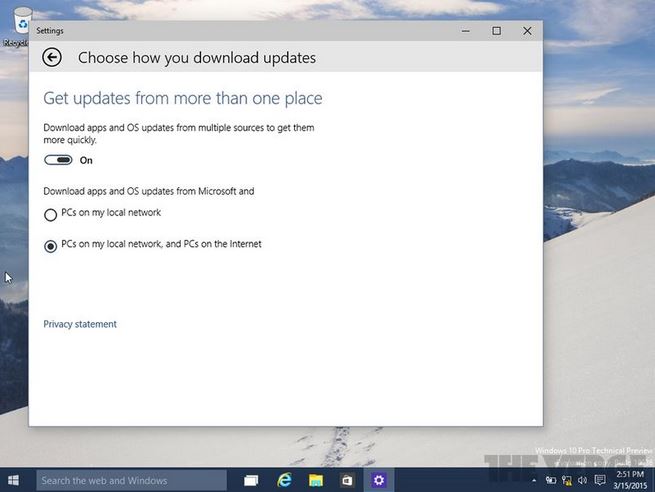
The upcoming operating system from Microsoft is witnessing numerous changes. As the launch date of the final version is approaching, newer details are surfacing about the new features coming with the upgrade. Last week we saw the advent of a new translucent Start Menu feature in Star Menu in build 10031. After the much talked about Cortana integration, Spartan browser and Continuum feature, here’s something new for you.
Peer-to-peer technology is a decentralized model of communication where each participant has some data sending or receiving capabilities. In the usual server-client model, the client system makes a request to the server and the server completes it. Whereas in P2P, each participant functions both as server and client. Torrenting works on the same P2P protocol with its seeds and leechers terminology.
This Peer-to-peer updating system will be optional. If you’ll choose to go with this feature, you will be able to download the updates using two modes:
Your PC will receive updates from the other systems on the same network. Or,
Your PC will be receiving the same both from the local network or the PCs on the web.

Image: The Verge
The P2P networking came into existence since the invention of ARPANET, but the advantages of P2P protocol became obvious to the people in late 1990s. The music sharing application Napster appeared using the P2P sharing followed by Gnutella and BitTorrent. This is also used to provide an anonymous route to the network traffic and distribute storage. Most commonly used applications of P2P networking pertain to the media sharing services.
The Verge writes that this could spark some security concerns related to the cogency of updates and it’s very possible the Microsoft has surely built some solid methods to full proof and verify the updates before installation.
With this peer-to-peer update system, Windows will be receiving updates more often. At present, every PC downloads updates for itself from the servers at Microsoft and gulps the prized bandwidth allowance which will be useful for data plans with limitations.
The software giant hasn’t yet made any official announcement, but it is expected to be included on some upcoming Windows 10 preview.
No comments:
Post a Comment